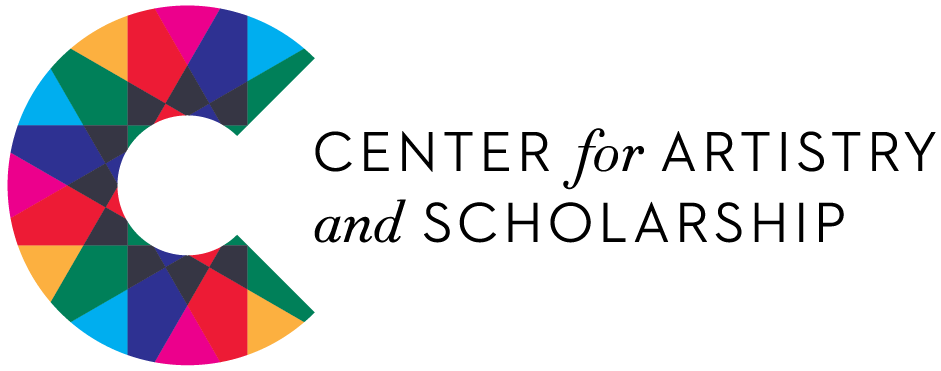What's Innovative about Student and Teacher Voices?
We’re so pleased to feature a guest post from Giovany Morales-Ramos, CAS’s intern from the Harvard Graduate School of Education School Leadership program. Thanks for these insights, Gio!
Giovany Morales-Ramos, School Leadership Program Masters Candidate
In March 2019, the Center for Artistry and Scholarship (CAS) hosted a webinar, “Will Your Innovative School Stand the Test of Time?,” to answer an important question: How can schools remain innovative? The question comes at a time where it seems like school innovation in Massachusetts has stalled. However, the school leaders who participated in the webinar shed some light on their own innovative school practices. A theme throughout the webinar was the importance of student and teacher voice. Mirko Chardin, Head of School at Putnam Avenue Upper School in Cambridge, MA, noted that he and his staff find ways to think creatively to resolve problems to ensure that the human beings in their community are seen, heard, and have a positive experience. I find Mirko’s point to be critically important for administrators in schools and districts as they continue to implement strategies and changes to improve their schools. They must be mindful of those affected by the implementation of their initiatives.
Mirko Chardin, Head of School, Putnam Avenue Upper School
Is giving students and teachers a voice in decisions innovative? I would argue that it is. We live in a society where decisions are typically made by those in power without the consideration of those affected by the decisions. We see this in politics, in business, in education, and even portrayed in movies. Teachers typically have to work with a curriculum developed by someone else without the ability to alter it to fit their teaching style. Students are forced to follow school rules and norms without any acknowledgement of their cultural background or funds of knowledge as if there were only one standard for how a human should act, behave, or exist. Mirko’s use of the words “human being” is absolutely appropriate when making decisions. In education we often forget during the day-to-day that we are in the business of human beings. We do not craft or shape human beings in any way but instead guide and support them as they grow and learn. I believe there is power in education and that teachers hold most of that power. Teachers are the ones that are doing most of the guiding and supporting. However, in order for teachers to effectively do their job, they need to know what works best for their students. As such, I’ve also stressed the importance of student voice. Schools should have a democratic way of including students into the decisions that most affect them. Additionally, schools should also find ways to include parents’ voices.
Some outcomes schools could expect from including student and teacher voice are improved school culture, an increase in student attendance, and teacher retention. While methods in which to do this are context specific, I would encourage multiple forms of methods. Teachers and students are almost always asked to fill out performance surveys but do not always have the option to talk about their experiences. As a future school leader myself, I will aim to be transparent with the processes that are being developed as well as ask for input on the processes from those that are affected.
The “Will Your Innovative School Stand the Test of Time?” webinar featured Mirko Chardin along with Sung-Joon "Sunny" Pai (Director of Systems and Innovation and Executive Director, Diploma Plus Program at Charlestown High School) in conversation with CAS’s own Carmen Torres and Linda Nathan. The webinar, available here, shares a conversation about intergenerational school leadership and strategies for creating and sustaining vibrant, challenging, creative, and equitable schools.


